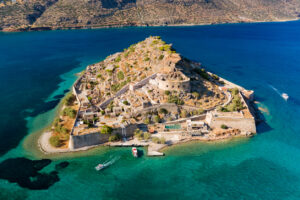
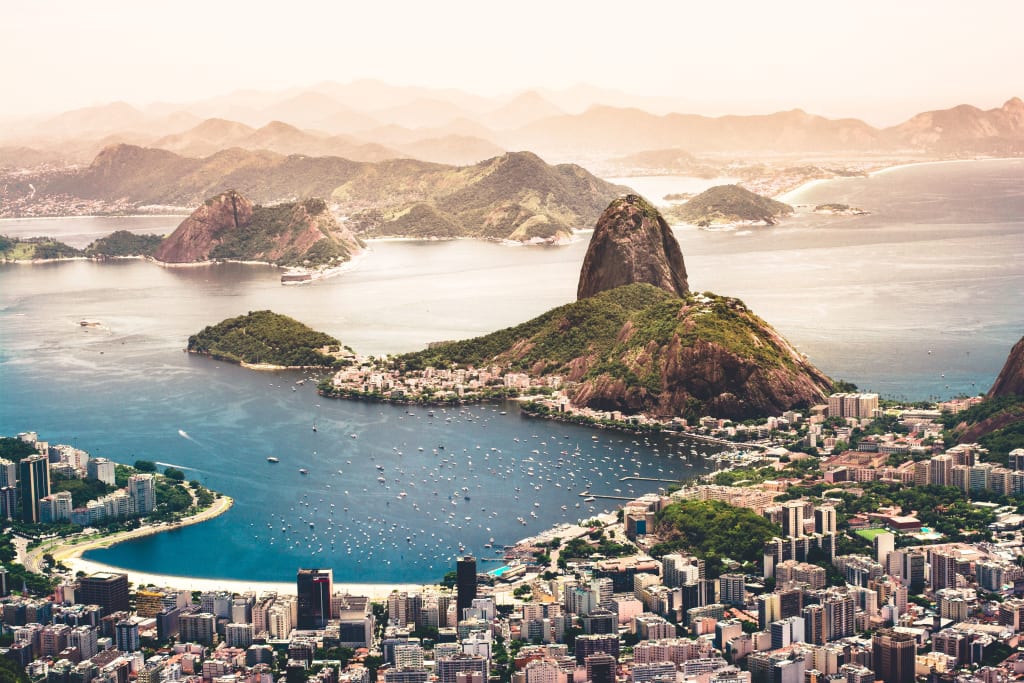
People from all over the world travel to Rio de Janeiro every year. It’s one of the most visited destinations on the planet.
Rio de Janeiro is notorious for being of the most socially unequal places in Brazil, which is why so many writers, filmmakers and residents portray it as a city of contrasts. People who travel to Rio or choose to call it home can work around those contrasts or simply enjoy the best of what they bring to the culture and environment of the city.
First up on the list of things to know about Rio de Janeiro is that the climate is what most tourists would expect from Brazil: lots of sunshine. Almost every day feels like summer!
Brazilians often complain that foreigners only see Brazil with the same stereotypical image associated with Rio: beach life, samba and happiness. While it’s true that Rio offers such things, planning a trip to Rio de Janeiro is worth it for many reasons beyond just these!
Rio’s natural beauty is the most distinguishing reason to visit. You can explore the tropical rainforest of Floresta da Tijuca, appreciate the white-sand and turquoise water of Ipanema beach, or relax at the city’s many epic lookout points like Pedra do Telégrafo.
When to visit Rio de Janeiro
High season is, of course, summer (December-March). But you don’t have to wait for a specific season to visit Rio de Janeiro, since temperatures are nice and warm year round!
The rainy season in Brazil occurs from December to March. Generally speaking, Rio doesn’t have nearly as much rain as other coastal capitals in Brazil. Winter in Rio is from June to August, and temperatures are around 18°C minimum and 25°C maximum. In the summer, 25°C is just an average day. Walking around in the middle of the day in places like the Olympic Boulevard can be exhausting when it’s 35°C. But summer has its advantages too, like being able to experience longer days due to daylight saving time.
During Carnival, Rio de Janeiro is boiled down to its essence, with the stress on “boiled” — average highs around 90°F or above 30°C. Beaches are crowded and hotels are packed with people from all over the planet. Another crowded time is New Year’s Eve in Copacabana, when the fireworks show over the beach attracts millions.
We recommend planning a trip to Rio between April and September, as the city is much calmer… and cheaper! It’s a far more pleasant time for a Rio de Janeiro trip, especially if you want to relax, bike around the city and enjoy the beach. There are a few exceptions including nationwide holidays in Brazil such as school vacations in July.
What to pack for Rio
In Rio, you want to be prepared for strong sun, warm weather and humidity. Here are some essentials to add to your packing list for Rio:
Top things to do in Rio de Janeiro
You’re going to see Christ the Redeemer (Cristo Redentor) whether you seek him out or not – look up and you can’t miss him. The 40 meter tall iconic statue stands open-armed atop Corcovado Peak, the saviour serenely smirking as he soaks in the best views in the city. This Art Deco masterpiece was built in 1922 out of concrete and soapstone, and was the largest statue of this genre in the world until Poland captured that title in 2010. Not to worry, Rio’s sacred symbol was voted a spot on the New Seven Wonders of the World list. To get up close to Christ there is a vertical cog train that ascends every 30 minutes from Corcovado Station, but it can be really crowded especially on the way down. If time and patience are tight you’d best take a van or taxi up there. Active types can hike it in about two hours.

This sexy beach is the sizzling hub of Rio de Janeiro for visitors and local cariocas alike. By day, this sandy stretch is the place to pose and preen. At night, the clubs are hopping with that distinctive Rio vibe. Oceanside Avenue shuts down on Sunday’s for a pedestrian-friendly party. There are plenty of places to grab a bite or drink, from small kiosks to swanky sit-down bars and restaurants. Stroll along the 4km wave-tiled promenade and check out Fort Copacabana at the end of the beach.
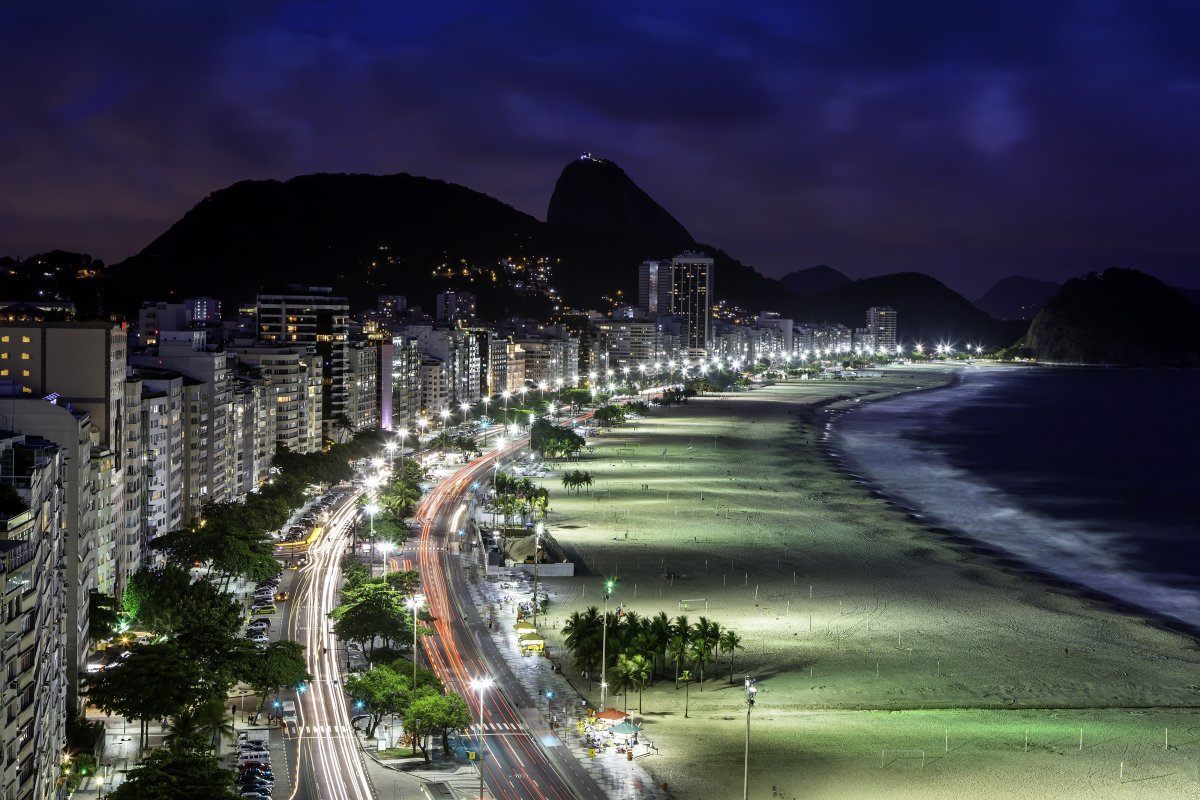
This perfect round mound of granite jutting out of the sea is one of Rio’s most striking natural features. Don’t miss the trip to the top of Pão de Açúcar’s 400 meter summit – one glimpse of the gobsmacking view and you’ll see why. The panorama over Rio and Guanabara Bay is one of the top scenic vistas in the world. Sunset is particularly spectacular, but any time you can squeeze it in it’s a must. There’s a two-stage glass-walled aerial cable car leaving in 20-minute intervals from Babilônia Hill, the first which takes you to Morro da Urca where sometimes there are summer concerts on the roster. It’s definitely worth taking the second cable car to the top.
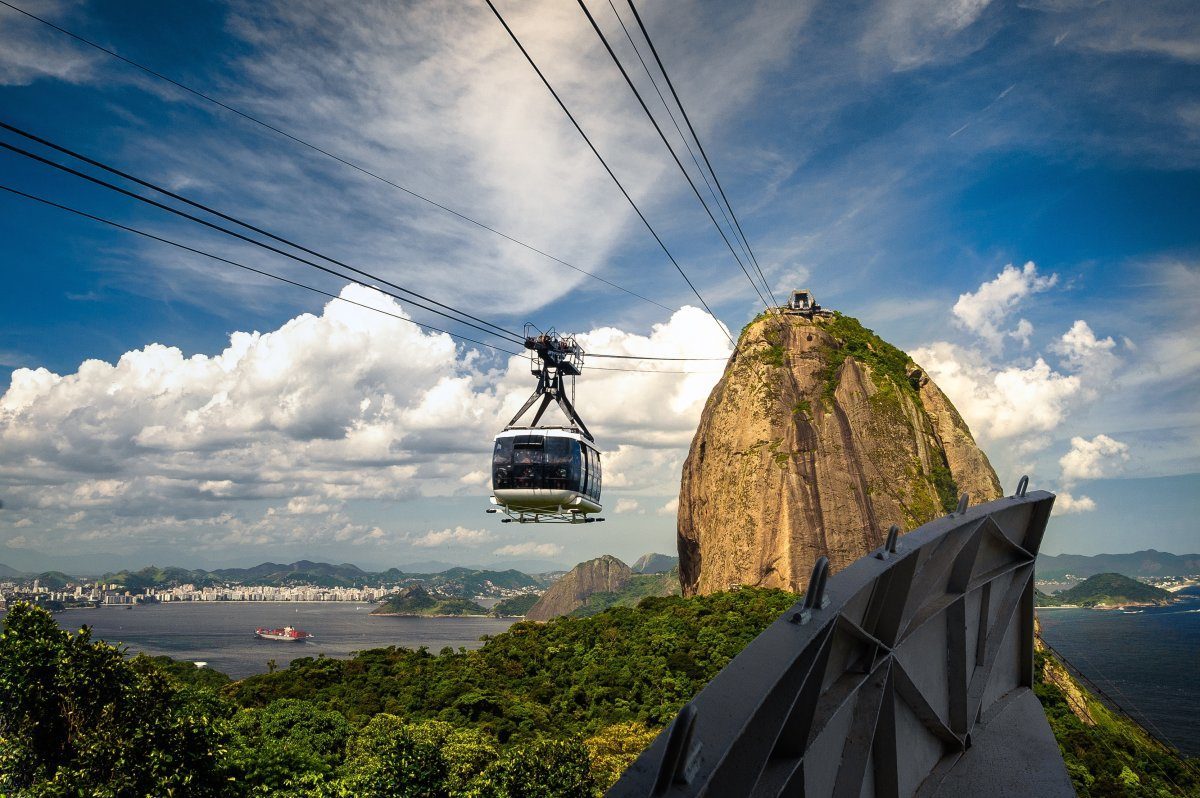
The elegant beach and neighborhood that inspired the famous bossa nova song can feel like a fashion catwalk as the girls from Ipanema stroll by. It’s a bustling paradise of al fresco cafes, stylish boutiques, funky galleries and hip bars, not to mention one fantastic beach. The “two brother” mountains called the Dois Irmãos watch over the western tip of Ipanema. Sunday is closed to traffic, so cyclists, roller-bladers and pedestrians come out in droves.
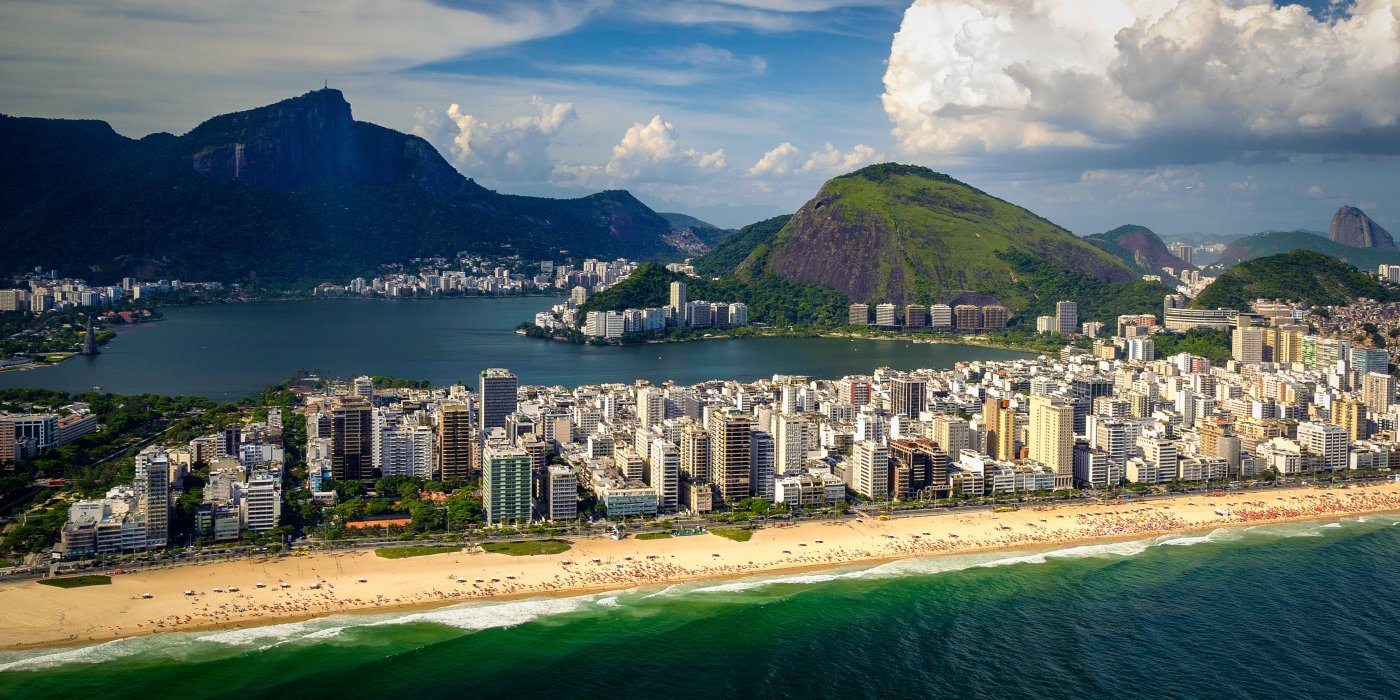
When in Rio you have to check out this old colonial monastery founded in 1590. The outside facade isn’t much to look at, but inside the architecture and artistry are truly ornate and impressive. It’s not hard to see why this monument is listed as a UNESCO World Heritage site. Sunday’s 10am mass includes a choir of chanting Benedictine monks.
A 120sq km pocket of lush rainforest remains strong within the encroaching sprawl of Rio de Janeiro. This national park gives you an idea of what the entire coast of Brazil was like before urban development. The mountainous jungle is teaming with plants, birds, animals, viewpoints and hiking trails, but it wasn’t always so. Coffee plantations threatened to take over the land back in the 1800s and much of the area was destroyed. However, an impressive effort to revive the forest took place and over nine million trees were replanted by hand. Now it’s a much appreciated oasis of nature to escape to in the bustling city. Don’t miss the Cascatinha Waterfall.
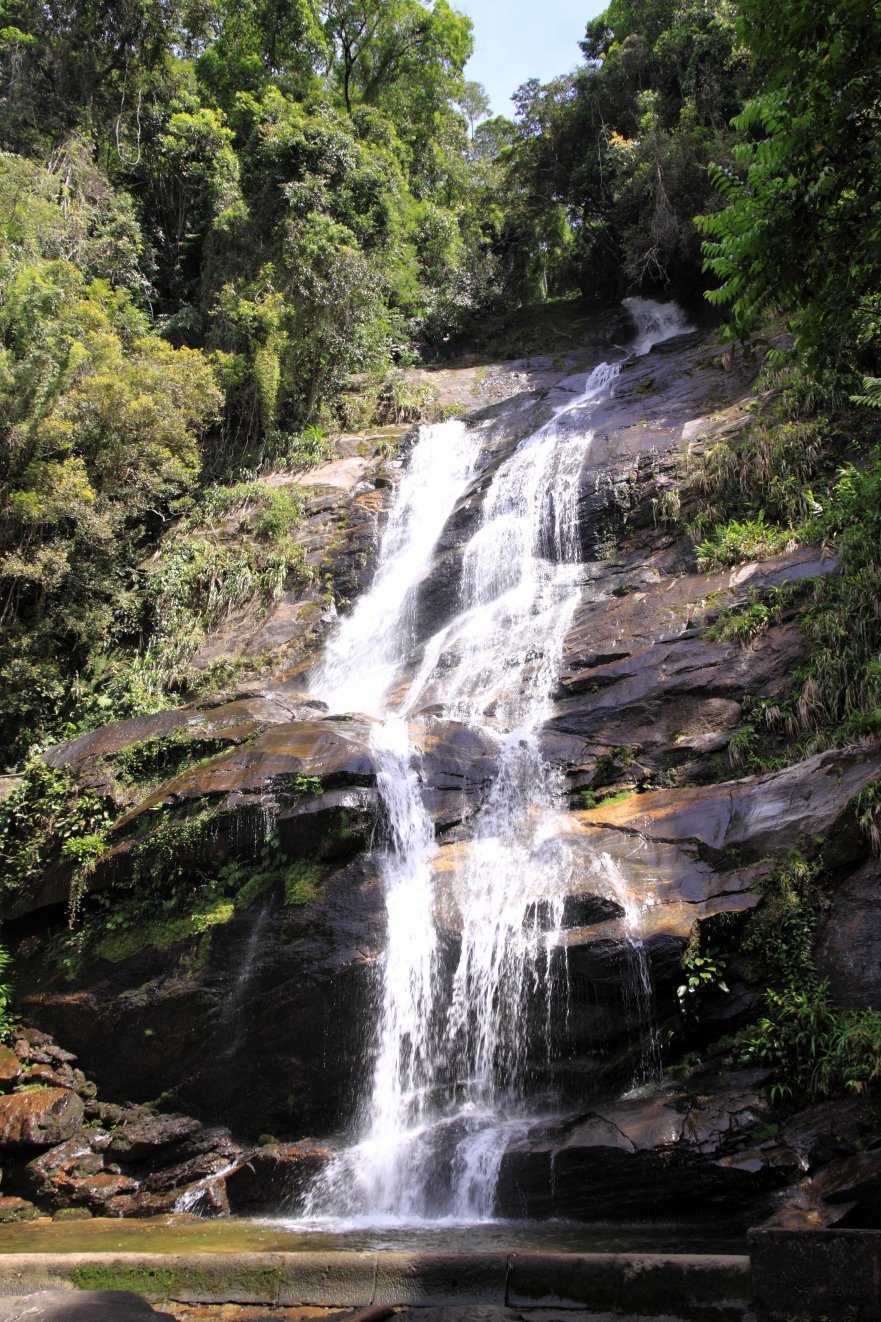
This artsy hillside neighborhood overlooking Guanabara Bay is oozing with bygone charm. Stately 19th century plantation mansions line windy cobblestone streets peppered with curio shops, working studios and authentic Brazilian eateries. Trendy boutiques and restaurants have also moved in but it still retains a cool bohemian vibe. A traditional circa 1877 streetcar traversed the area up until a 2011 accident stopped it in its tracks, but chances are this tourist-friendly tram will be up and running again in time for the World Cup.
Below Santa Teresa lies Lapa, a former red-light district that has revamped into Brazil’s samba central. “Centro” is the lively nightlife heart of downtown of Rio, with lovingly restored 19th century theaters, dance halls and watering holes pulsing with latin beats and gyrating bodies until dawn. This is the place to sip caipirinhas and dance in the streets. Don’t miss the street market on the first Saturday of the month.
Joining the Lapa and Santa Teresa districts are these colorful mosaic-filled stairs that have become a landmark and favorite photo spot for Rio visitors. It was the passion project of Chilean-born artist Jorge Selarón who took years to complete his vision as a “tribute to the Brazilian people”. Blue and yellow hues of the flag dominate the bright ceramic staircase. Sadly, the artist was found dead on these very stairs in 2013 covered in mysterious burn marks.

Beyond the trendy neighborhoods, fashionable districts and sultry beaches lies the socio-economic flip-side of Rio. Several tour companies offer favela tours that give you a safe glimpse into these impoverished slums. Over a third of the city lives in 500 of these favela shantytowns where the stereotypical drug lords rule and street kids roam, but they are complex communities with unique struggles and ways of life worth trying to understand. Find a tour company that is non-intrusive and respectful of the local people, and hopefully gives back to the community. A favela tour gives visitors a more balanced perspective on Rio, a chance to appreciate what the daily reality is like for a large portion of the underprivileged population.
Delicious food to try in Rio
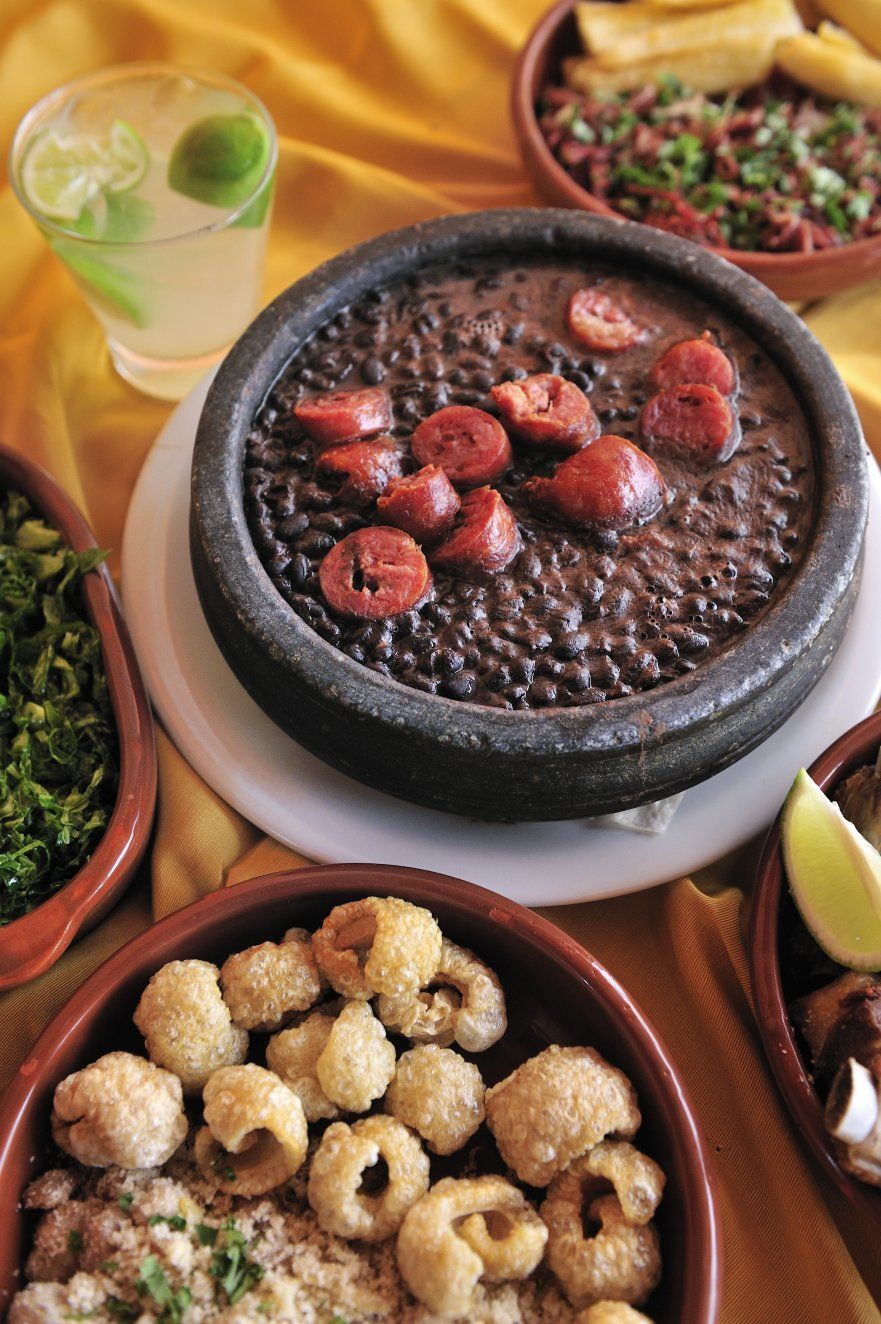
Speaking of deliciousness, Brazilian bar snacks go hand-in-hand with a chilled beer on tap or chopp. In every bar, restaurant, and street corner juice shop, Brazilians are well-served with snacks. Try:
There are plenty of other delicious drinks and food to try in Rio, but I’ll let you discover those on your own.
We’d love to hear from you!